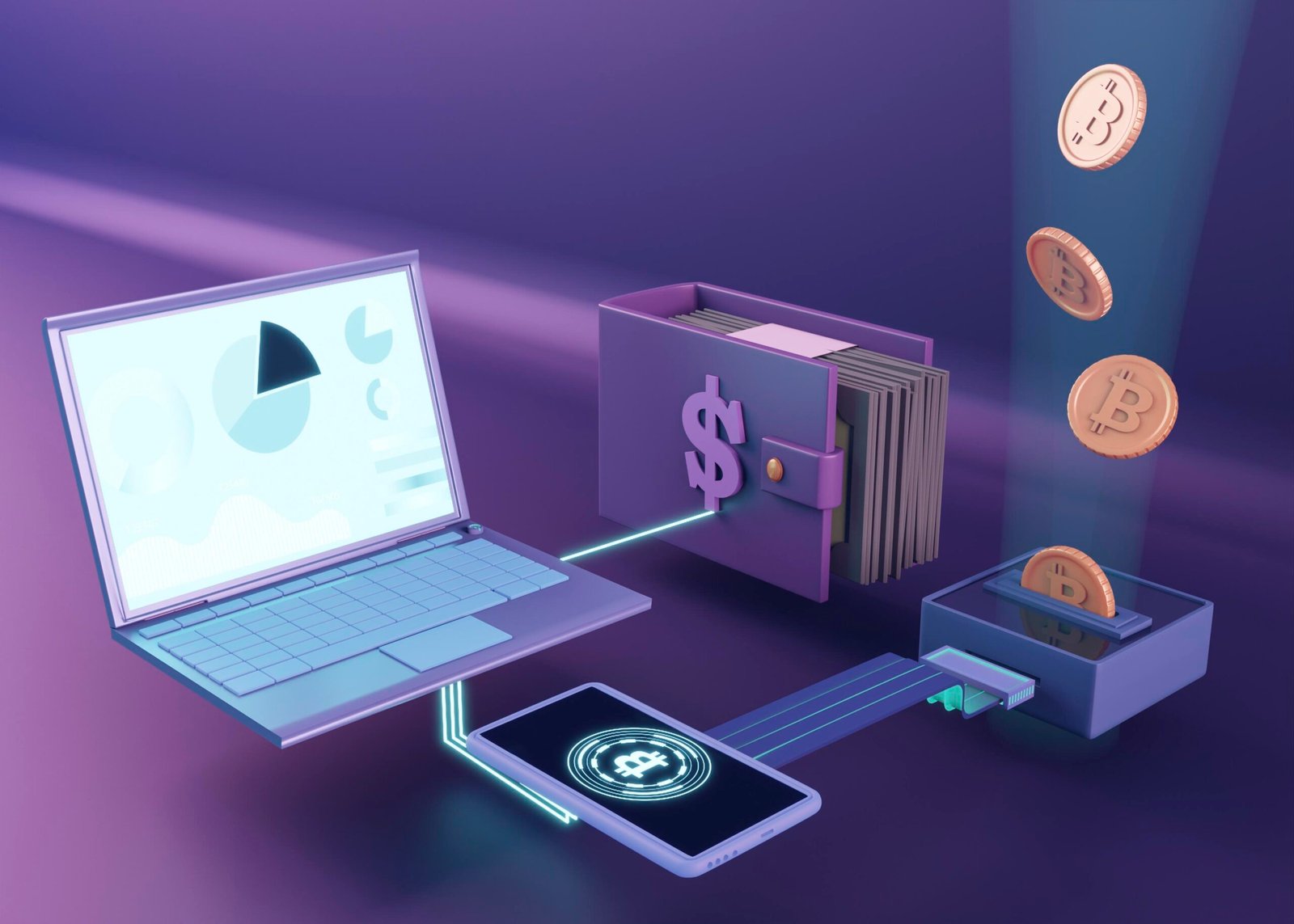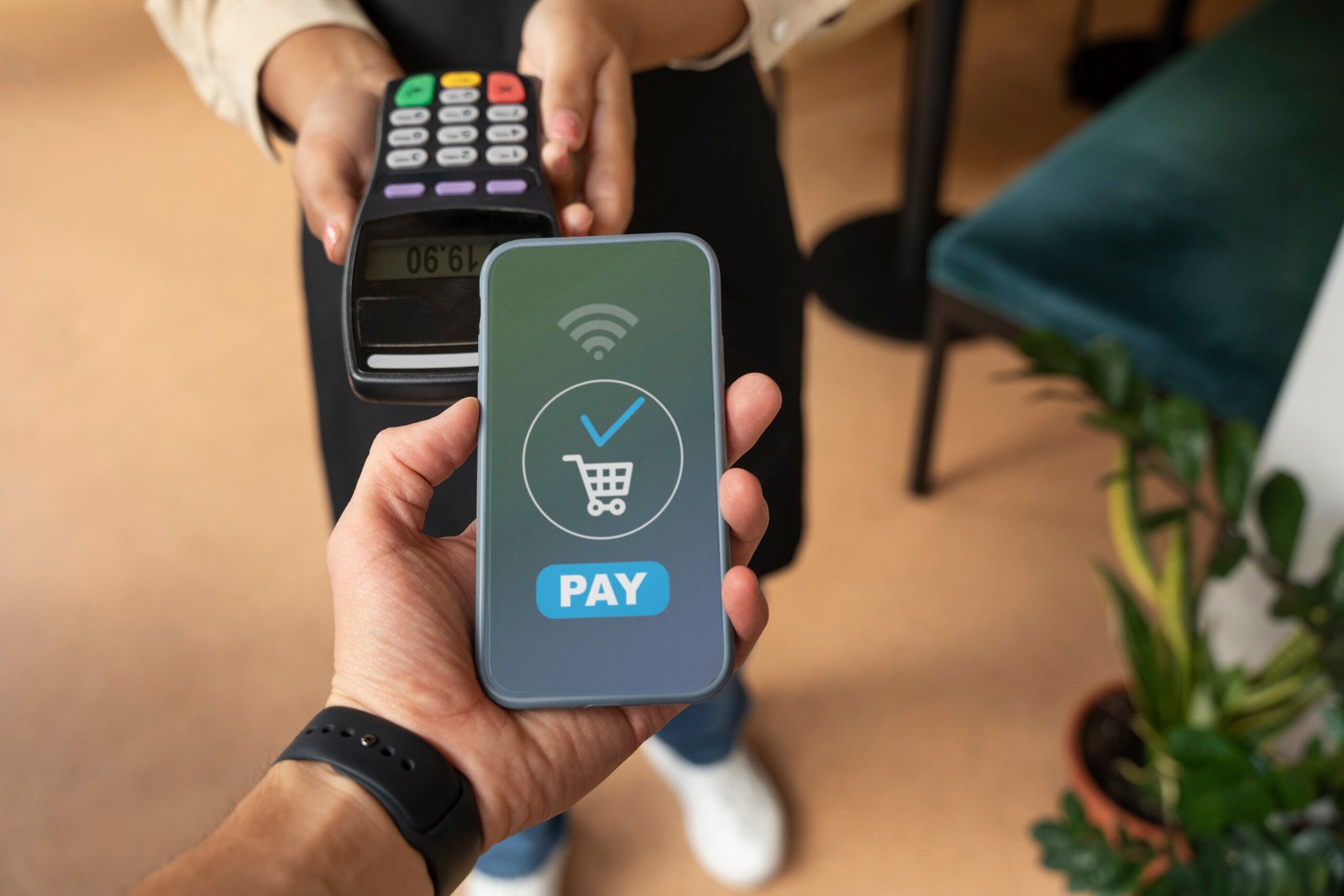When I first started learning about cryptocurrency transactions, I was fascinated by how fast and borderless they are. But for a long time, one big challenge remained: how can businesses easily accept digital currencies without worrying about technical complexities? That’s where Crypto Payment Gateways came in.
These platforms have made it possible for online stores, freelancers, and even large enterprises to accept Bitcoin, Ethereum, and other digital assets just as easily as traditional card payments. Unlike older systems, Crypto Payment Gateways use blockchain technology to process and verify transactions securely and transparently.
Today, they’ve become essential tools for companies that want to stay relevant in a digital-first world where customers expect fast, global, and decentralized payment options.
Defining Crypto Payment Gateways in Simple Terms
To put it simply, Crypto Payment Gateways are systems that allow merchants to receive payments in cryptocurrencies while often giving them the choice to settle in fiat currency.
When a customer pays in crypto, the gateway acts as a bridge between the merchant and the blockchain network. It verifies the transaction, converts it (if needed), and ensures funds are credited to the merchant’s account all without manual intervention.
In the same way that PayPal simplified online payments for credit cards, Crypto Payment Gateways are simplifying blockchain transactions for digital assets.
How Crypto Payment Gateways Operate Behind the Scenes
At first glance, it might look like crypto payments happen instantly, but there’s a lot of automation happening in the background. Here’s a step-by-step breakdown of how Crypto Payment Gateways process blockchain payments:
- Customer Initiates Payment
A buyer selects cryptocurrency (like Bitcoin or USDT) as their payment method during checkout. - Transaction Request Generated
The gateway generates a unique wallet address for that specific transaction. - Payment Broadcasted to Blockchain
Once the customer sends the crypto, the transaction is broadcasted to the blockchain network for verification. - Verification and Confirmation
Miners or validators confirm the transaction depending on the blockchain type (Proof of Work or Proof of Stake). - Settlement Process
After confirmation, the gateway either sends the crypto directly to the merchant’s wallet or converts it into fiat currency based on the merchant’s settings. - Notification and Reporting
Both the buyer and the merchant receive confirmation messages, and the transaction is recorded in the dashboard for reference.
This automated workflow ensures that payments are secure, traceable, and nearly impossible to tamper with.
Blockchain as the Foundation of Crypto Payment Gateways
Unlike traditional gateways that rely on banks, Crypto Payment Gateways use blockchain — a decentralized ledger that records every transaction across multiple nodes. This structure eliminates the need for intermediaries, making payments faster and reducing costs.
Some of the key blockchain principles applied by these gateways include:
- Decentralization: Transactions are validated by network participants, not a central authority.
- Transparency: Every transaction is traceable on the public ledger.
- Security: Cryptographic algorithms prevent fraud and unauthorized changes.
- Immutability: Once confirmed, data on the blockchain cannot be altered.
Although blockchain systems differ in design, all Crypto Payment Gateways use these foundational principles to provide transparency and trust for digital transactions.
How Crypto Payment Gateways Ensure Transaction Security
Security remains the most critical aspect of any financial system, and Crypto Payment Gateways are designed with that in mind.
They use multiple layers of protection to safeguard both the merchant and the buyer. Some common security measures include:
- Two-Factor Authentication (2FA) for merchant accounts
- End-to-End Encryption for all payment data
- Multi-Signature Wallets for extra security during fund transfers
- Real-Time Monitoring to detect suspicious or duplicate transactions
- Cold Storage Systems to store unused funds offline
Similarly, these systems often include anti-fraud analytics and real-time blockchain scanning to ensure that only legitimate payments get processed.
How Crypto Payment Gateways Convert and Settle Crypto to Fiat
Not every business wants to hold crypto because of price volatility. That’s why many Crypto Payment Gateways include an auto-conversion feature that turns received cryptocurrencies into stablecoins or fiat money at the time of transaction.
Here’s how that typically works:
- The gateway locks the exchange rate at the time of checkout.
- Once the payment is verified, it sells or swaps the crypto for the desired fiat currency.
- The merchant receives the final settlement in their chosen format (bank account or stable wallet).
In comparison to manual crypto handling, this system saves time, minimizes errors, and provides stable value, a major reason many eCommerce sites prefer using Crypto Payment Gateways.
Why Businesses Are Rapidly Adopting Crypto Payment Gateways
They say customer experience drives sales and crypto users are no exception. Businesses using Crypto Payment Gateways can attract a wider audience, including tech-savvy and privacy-conscious customers.
Key reasons why companies prefer these gateways include:
- Lower Transaction Fees: Usually less than traditional payment processors.
- Instant Settlement: Payments confirm within minutes instead of days.
- Global Accessibility: Anyone with a wallet can make payments.
- No Chargebacks: Transactions are irreversible once confirmed.
- Support for Multiple Currencies: Bitcoin, Ethereum, stablecoins, and more.
In the same way online banking revolutionized payments in the 2000s, Crypto Payment Gateways are transforming digital commerce in this decade.
Challenges Faced by Crypto Payment Gateways and How They Overcome Them
Despite their benefits, Crypto Payment Gateways still face some challenges mainly regulatory uncertainty, network congestion, and price volatility.
However, they’ve found innovative ways to deal with these:
- Stablecoin Integration: Reduces volatility risk for merchants.
- Dynamic Fee Adjustments: Optimizes gas fees based on network load.
- KYC/AML Compliance Tools: Keeps operations legal and transparent.
- Multi-Network Routing: Switches between blockchains for faster confirmations.
Still, it’s worth noting that each gateway varies in how they address these issues depending on the regions they operate in.
How PayFirmly Is Bringing Innovation into Crypto Payment Gateways
Some fintech companies like PayFirmly are working to simplify how businesses handle crypto payments by merging traditional payment expertise with blockchain technology. They provide reliable Crypto Payment Gateways that connect merchants with global users while ensuring compliance and scalability.
Their systems focus on transaction transparency, fraud prevention, and faster settlements. For merchants who deal with both fiat and crypto payments, using such a unified platform removes the complexity of managing separate systems.
How Payment Orchestration Providers Integrate Crypto Gateways
Many modern payment orchestration providers are adding support for blockchain-based transactions. By connecting multiple Crypto Payment Gateways under one unified API, businesses can route payments more intelligently.
This integration helps merchants:
- Manage both crypto and fiat transactions in one dashboard.
- Reduce integration time by using prebuilt gateway connectors.
- Maintain consistent reporting and analytics across all payment types.
Likewise, this merging of traditional orchestration with blockchain gateways marks a major shift in the global payment infrastructure.
How Crypto Payment Orchestration Providers Simplify Cross-Border Transactions
As crypto adoption grows, even specialized crypto payment orchestration provider platforms are emerging. These companies are focusing on simplifying how digital payments move across countries and blockchains.
They handle the complexities of exchange rates, settlement delays, and regulatory compliance allowing merchants to accept payments worldwide with minimal effort.
Although this technology is still evolving, it’s clear that integrating orchestration with crypto gateways will become the future standard for global payment networks.
Key Factors to Consider Before Choosing a Crypto Payment Gateway
Before selecting a provider, merchants should evaluate several aspects to ensure they pick the right Crypto Payment Gateways for their business:
- Supported Cryptocurrencies: Does it include Bitcoin, Ethereum, or stablecoins?
- Settlement Options: Can it convert crypto to fiat automatically?
- Transaction Fees: Are fees transparent and competitive?
- Integration Flexibility: Does it offer plugins or APIs for your platform?
- Customer Support: Is there 24/7 technical and compliance assistance?
- Compliance Standards: Does it follow KYC, AML, and GDPR requirements?
In spite of variations between providers, these factors determine whether your crypto payments remain smooth and secure.
The Future of Blockchain Payments Through Crypto Payment Gateways
They are not just payment processors anymore; Crypto Payment Gateways are becoming part of a larger financial ecosystem connecting Web commerce, DeFi, and cross-border trade.
As blockchain technology continues to evolve, these gateways will likely add more automation, AI-based fraud detection, and deeper integration with other financial systems.
In comparison to traditional processors, Crypto Payment Gateways will continue to stand out for their speed, transparency, and independence from intermediaries.
Read Also:- Anonymous Instagram Story Viewer
Conclusion: Why Crypto Payment Gateways Are Here to Stay
In conclusion, Crypto Payment Gateways are redefining how online businesses accept and process transactions. They remove the complexity of blockchain interactions while ensuring security, speed, and transparency
Whether you’re a small business owner or a global merchant, integrating Crypto Payment Gateways allows you to meet the needs of modern customers who prefer decentralized payments.
They offer the perfect mix of innovation and practicality connecting the future of finance with the convenience of real-time commerce. And as blockchain adoption continues, these gateways will remain a crucial part of the digital economy’s foundation.





